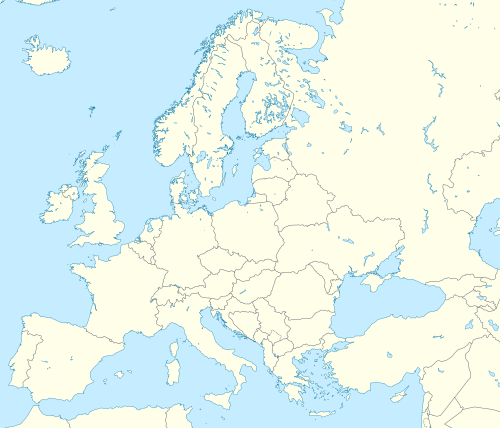Top Qs
Timeline
Chat
Perspective
Stanchester Hoard
From Wikipedia, the free encyclopedia
Remove ads
The Stanchester Hoard is a hoard of 1,166 Roman coins dating from the fourth to early fifth century found in 2000 at Wilcot, in the Vale of Pewsey, Wiltshire, England.[1] The find was considered important because of the large quantity of unclipped silver coins contained within.[2] It was also the latest dated example of Roman coins found in Wiltshire.[1]
Remove ads
Discovery
The hoard was discovered in a field on 25 July 2000 by John and David Philpotts, using metal detectors. It had been buried in a flagon made from pottery of the Alice Holt type.[1][3] The hoard was named after the former Stanchester villa, a nearby Roman villa with which the hoard was likely to have been associated, along with the Wansdyke earthwork.[4] Excavations of the villa in 1931 and 1969 revealed a wall and evidence for a Roman central heating system. Roof and flue tiles and pottery shards were dated by associated coins, which were from the 2nd to the 4th centuries.[5]
The Wiltshire Museum in Devizes acquired the hoard for £50,000 following a coroner's inquest which declared it treasure trove.
Remove ads
Items discovered
Summarize
Perspective
Coins from the hoard came from a number of locations across Europe.[6]
The Stanchester Hoard contains three gold solidi, 33 silver miliarenses—many described as in "mint condition",[1] 1129 silver siliquae and one copper-alloy nummus, as well as a fragment of a bronze ring.[3] The earliest coin was struck in the reign of Constantine I starting in 307; the latest coin was struck in 406 during the joint reign of Arcadius and Honorius. The silver coins were not clipped, suggesting that they had never been circulated.[2][4] Within a year of the latest minting, Constantine III, declared emperor by his troops, crossed to Gaul with an army and was defeated by Honorius; it is unclear how many Roman troops remained or ever returned, or whether a commander-in-chief in Britain was ever reappointed.
The coins came from a number of mints across the Roman Empire, at Siscia, Sirmium, Constantinople, Trier, Aquileia, Lyons, Rome, Thessaloniki, Milan and Antioch.[3]
Remove ads
Other Stanchester finds
In 1865, Roman tesserae, coins, pieces of bronze, shale whorls, pottery and a flint knife were found in an area known as Stanchester in Curry Rivel, Somerset.[7]
Other Roman places in England named Stanchester include the site of another villa in Pitchford, Shropshire.[8]
See also
References
Wikiwand - on
Seamless Wikipedia browsing. On steroids.
Remove ads
